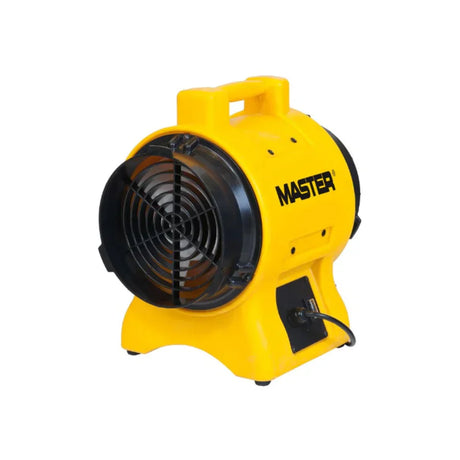
How to Clean an Extractor Fan? | In-depth Guide for You
If you’re facing unusual smoke or condensation in your home, there’s a chance that your extractor fan is out of order. Or it can be too clogged, causing poor air...
Brandix Soft |
As the colder months roll in, we naturally begin spending more time indoors. Heating systems kick in, windows stay closed, and the air in our homes and workplaces grows warm and dry. However, this cosy environment can also be a prime setting for the spread of airborne illnesses, including the flu and common cold, which tend to peak during winter. One way to combat the spread of these illnesses is by improving ventilation. Let’s dive into how ventilation impacts our health during flu season and the steps you can take to maintain better air quality.
During flu season, viruses can easily circulate in enclosed spaces where fresh air exchange is limited. When a person coughs, sneezes, or even talks, respiratory droplets are released, some of which may carry viruses. Without proper ventilation, these droplets can linger in the air, creating an environment where illnesses spread more easily.
Research shows that indoor spaces with poor ventilation can see virus concentrations build up, increasing the chances of transmission. Conversely, well-ventilated spaces allow fresh air to dilute and disperse these particles, reducing the concentration of airborne viruses and, in turn, the likelihood of infection.
Winter’s chilly temperatures encourage us to keep doors and windows tightly shut. While this keeps the heat in, it also restricts fresh air from circulating, causing indoor pollutants and germs to accumulate. Combined with the low humidity typical of winter, dry airways are more susceptible to infections. This is why improving ventilation during winter not only benefits your comfort but also supports your respiratory health.
Better ventilation has multiple health benefits beyond just reducing the concentration of airborne viruses. Here’s how it can help combat the spread of illnesses during flu season:
Dilution of Indoor Pollutants
By introducing fresh air, ventilation reduces the concentration of pollutants, viruses, and bacteria indoors. This continuous flow of fresh air disperses potentially infectious droplets more effectively.
Humidity Control
Some ventilation systems help manage humidity, which is especially important during winter when the air is drier. Proper humidity levels can keep our respiratory systems hydrated, making it harder for viruses to take hold.
Prevention of Stagnant Air
Stagnant air allows viruses and bacteria to linger longer, increasing the chance of people inhaling them. Good ventilation circulates air, preventing it from going stale and helping to clear the air of potential contaminants.
Reduction of Surface Contaminants
Ventilation doesn’t just affect the air – it can also reduce surface contaminants. Better airflow prevents germs from settling on surfaces, meaning fewer touchpoints for infection.
So how can you improve ventilation at home or in the office without sacrificing warmth and comfort? Here are a few strategies:
For workplaces, improving ventilation is crucial since shared spaces see high foot traffic and extended periods of occupancy. Employers can protect staff health by installing proper ventilation systems, encouraging breaks outside, and maintaining regular HVAC maintenance. Not only can this reduce sick days during flu season, but it also creates a healthier work environment overall.
Though we can’t eliminate all sources of infection, we can significantly reduce the risk of spreading airborne illnesses by improving indoor air quality. When we invest in proper ventilation, we’re creating an environment that supports our health and well-being, even during the high-risk flu season. So, this winter, consider how a few changes to your ventilation habits might make a big difference in keeping you and those around you healthier and more comfortable.
Whether it’s at home or in the office, good air quality is an investment in long-term wellness – one that benefits us all year round, but especially during flu season.